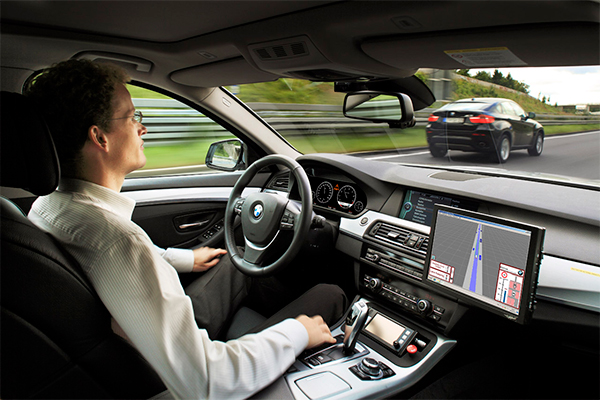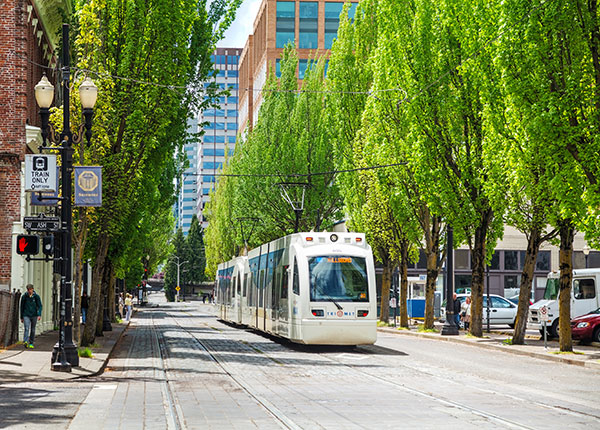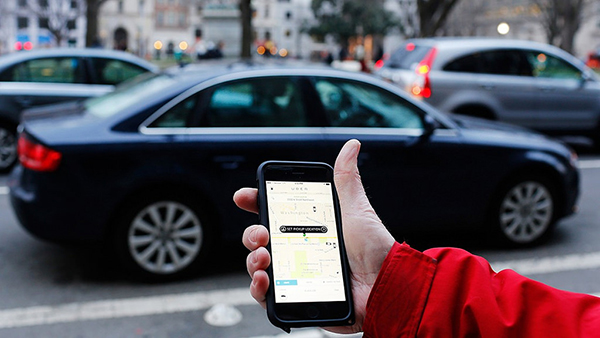A few months ago, our colleagues Erin Thoresen and Meghan Young wrote about the first steps in last-mile connectivity, or how the connecting trips before or after transit, the “last mile”, are critical links essential to making transit a viable, convenient choice in communities. They outlined the ways people generally make first and last mile connections, highlighting walking, biking, private automobiles, shuttles, buses and ride-hailing/ridesharing services like Uber or Lyft.
Over the last few years there have been several new technologies and innovations that have further enhanced last mile connectivity and door to door transportation. We’d like to explore the emerging options and highlight how they can safely, conveniently and efficiently connect users to their destinations.

Connected and Automated Vehicles
Connected and automated vehicles (CAVs) use any number of communication technologies to communicate with the driver, other cars on the road and roadside infrastructure. They can play a significant role in increasing and improving public transit. By utilizing CAV technologies, transit applications can better provide flexible and accessible transit options into and around urban areas. The technology can also help intercept single occupant vehicles, alerting them of easy-to-use park-and-ride transit options before they enter core congested urban areas.
Flex Route Bus Services
Flex route buses combine the affordability of public transit with the convenience of access to off-route destinations. A flex route operates similarly to a fixed route in that the transit vehicle keeps to a regular route and schedule. However, the vehicle can deviate from the route within a fixed area, typically up to ¾ of a mile from the regular route, to serve more users and connect them to a higher-capacity fixed route service. Flex routes are designed to avoid creating excessive delays for other riders and the number of route deviations are monitored to make sure the overall schedule is maintained.

Microtransit
Microtransit is a privately operated transit system which may mirror the operations of public transit along select routes. Companies such as Chariot and Bridj operate commuting shuttles in certain areas based on user demand, while companies like Uberpool, Lyft Line and Via let riders join up with people nearby who need to get to a similar destination. In each situation the ride fare is split between riders, making it a more wallet-friendly option than standard ride-sharing services.

Partnerships with Ride-Hailing Services
It’s no secret that ride-hailing services such as Uber and Lyft have had a significant impact on getting transit riders to and from their final destination. Several transit systems have started partnering with ride-hailing services to enhance last mile connectivity for their users. The partnerships have provided financial incentives and promotions for first-time users, direct compatibility between smartphone applications and the ride-hailing applications, as well as “guaranteed ride home programs” for when transit service may not be available.
A transit network is only as good as its ability to get riders from their origin to their destination. Last mile connectivity is a critical component to providing greater mobility for both transit-dependent users and choice riders. As our communities continue to experience growth, we should explore the use of technologies to address last mile connectivity and give users additional choices for how they want to get to and from their final destinations.